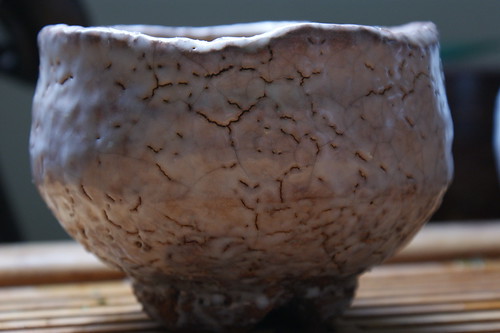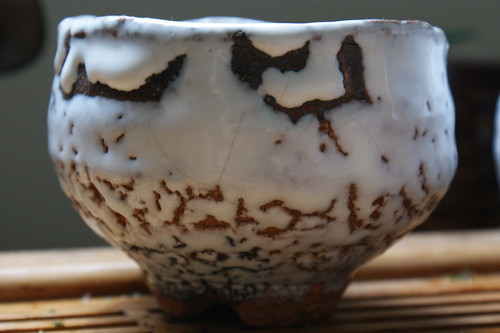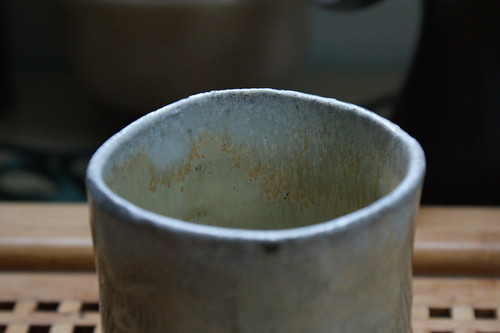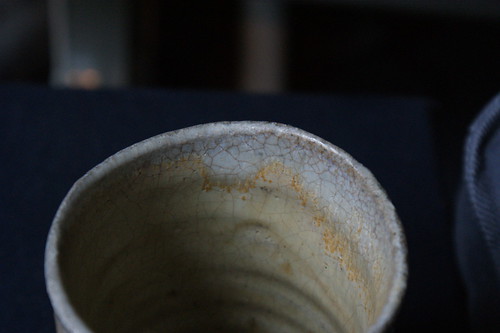There is a certain site that a lot of us Westerners love when searching for deals on items without having to jump through a large amount of hoops. To try and avoid a bunch of unwanted comments I will spell it backwards to hopefully deter some searches, yabe, now said site has its fair share of flaws, from sellers using a second account, or a friend to bid up the items they are selling to try and get as much money as they can. Others post information which is blatantly false, which of course may be intentional, or they are just passing on information that was told to them.
For instance, there is one vendor who from this description might be able to be guessed somewhat easily, that sells all sorts of Japanese items quite a few of them pottery based. Although in every description they claim that the piece is X years old while the number X changes occasionally, it is still quite amazing as they are always X years old but more often than not in "like new" condition. While I have not been able to concretely determine this vendor has ever lied about the age of a piece, I will say I have probable cause to suspect that the vendor did on at least one piece. (After checking several biographies on the artist of the piece, and cross listing it with age listed of the piece, it would have meant the piece in question was made several years before the artist got interested in ceramics).
But honestly it seems like that vendors biggest flaw is advertising items to be older than they likely are. It could be much worse, on yabe I have seen some pieces that I would consider the equivalent of shoe polish yixing in terms of hagi ware. These pieces were claimed to be antiques, and while I could not vouch for their age, what scared me is it looked like they were repeatedly dipped in mud and wiped clean. There is a difference to how a piece naturally ages and this horrible attempt to falsely age. The most noticeable is Hagi yaki tend to have cracks in the glaze which darken, then through even more use, the liquid in side slowly seeps through those cracks into the body and out the other side staining the cracks on the outside. While this can lead to discoloration in the clay body, I have never seen it cause a piece to look like it was thrown in the mud and wiped clean.
I wish I copied pictures of the pieces in question but I can not seem to find them any more. But this goes for something in general on these auction sites, if something seems over done, too good to be true, or just in general suspect it is always good to be careful.






